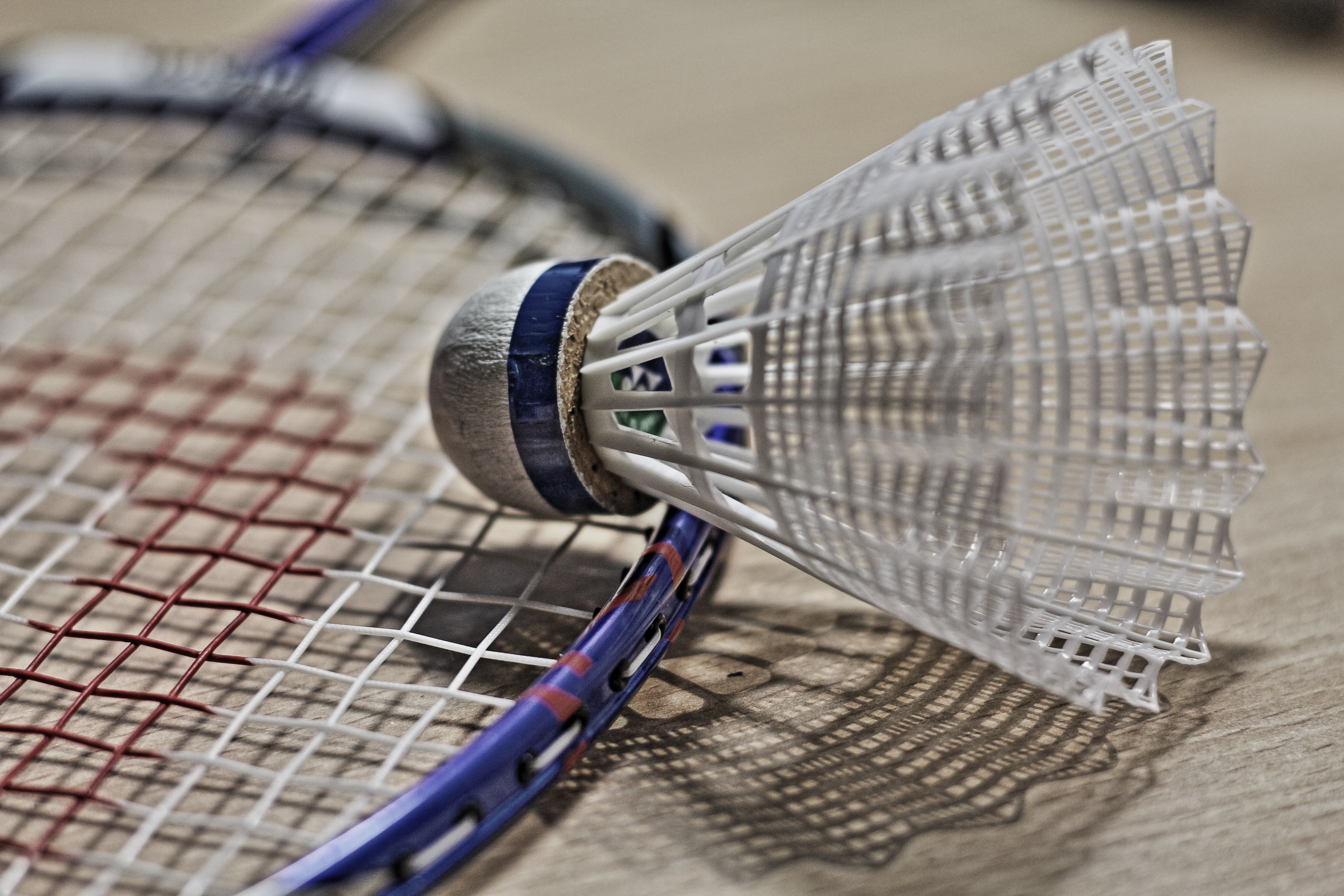

Of course, there will always be outliers and exceptions. Intermediate rackets can be slightly flexible or touch the stiffer side of the scale, while they vary more wildly from head-heavy to head-light.įinally, advanced rackets are often on the stiffest end of the scale, and also vary in head and handle balance. Typically, all beginner rackets will fall on the flexible side of the scale with slightly head-heavy designs. In my articles discussing the best badminton rackets for beginners and intermediate players, I view rackets on a matrix that goes from flexible to stiff and head-heavy to head-light.Ī head-heavy racket has a weight distribution toward the frame, which lends more power and energy when you hit the shuttle at a downward angle, for example, in a smash or a drop shot.įor head-light rackets, the design favors weight distribution towards the handle.Īs you can imagine, this gives quicker movements, which can be good for defensive reaction shots or close net play that requires more finesse.
#Badminton racket how to
How to choose a badminton racket: simplify it with the racket matrix The softer the shaft, the less accuracy you’ll have in your shots (more on this later). This translates to how much it will bend in your swinging power to help transfer energy into your shots. When talking about flexibility, it’s about whether the shaft of the racket is stiffer and less flexible, or softer and more flexible. One that’s heavier in the handle (or head-light) will give more control and quicker movement in a lot of your backhand plays like lifts, serves, and close net rallies. Others are balanced towards head-heavy (read: power) and head-light (read: control).įor example, a head-heavy racket assists with more power to your smash, drive, clear shots, and generally forehand play. Weight distribution relates to the balance of the racket.Ī completely evenly balanced racket will have no pronounced difference between the handle and the head. Generally speaking, two parameters make the biggest difference in badminton racket designs – weight distribution and flexibility. The way these three factors vary makes a difference in how a racket adds more power or control to your game.

Any badminton racket can be divided into 3 sections.


 0 kommentar(er)
0 kommentar(er)
